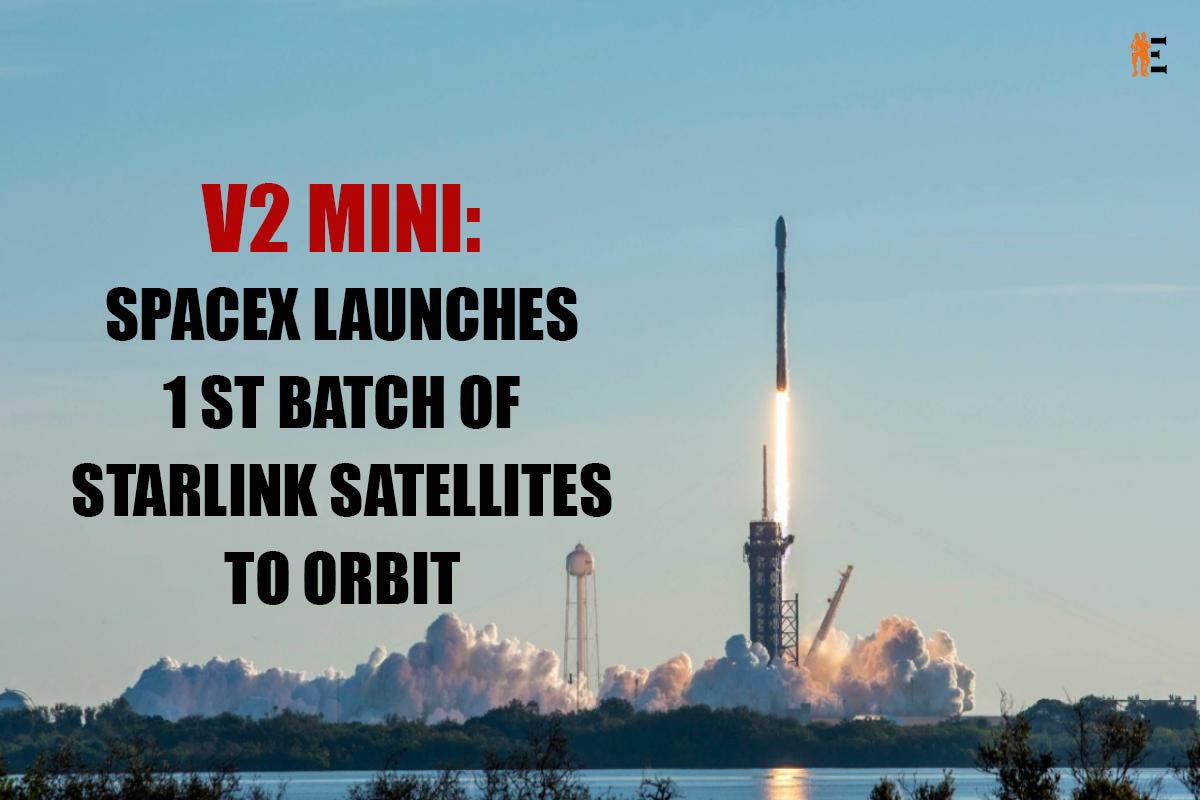SpaceX, the private space exploration company founded by Elon Musk, successfully launched the first batch of its new “V2 mini” Starlink satellites on February 27th, 2023. The launch took place at 4:30 a.m. EST from Space Launch Complex 40 at Cape Canaveral Space Force Station in Florida.
The 60 satellites were launched aboard a Falcon 9 rocket, which had previously been used for four other missions. The first stage of the rocket was able to land on a drone ship in the Atlantic Ocean, marking the fifth successful landing for this particular rocket.
All about the V2 mini
The new V2 mini Starlink satellites are smaller and lighter than the company’s original Starlink satellites, which were launched in 2019. They are also more capable, with upgraded hardware and software that enables faster internet speeds and improved coverage.
The launch of the V2 mini satellites is part of SpaceX’s ongoing efforts to provide high-speed, low-latency internet access to people around the world. The company’s Starlink constellation aims to provide global broadband coverage, particularly in rural and remote areas where traditional internet infrastructure is unavailable or unreliable.
To date, SpaceX has launched more than 1,700 Starlink satellites, with plans to deploy thousands more in the coming years. The company has also been testing Starlink’s internet service in various locations around the world, with promising results.
One of the key benefits of the Starlink system is its low latency, which means that data can travel quickly between the satellite and the user’s device. This is especially important for activities like online gaming, video conferencing, and remote work, where a high-speed, low-latency connection is essential.
The V2 mini satellites are designed to improve the overall performance of the Starlink system, with increased capacity and faster speeds. The new satellites also have a longer lifespan than the original Starlink satellites, with an expected lifespan of 10 years compared to the five-year lifespan of the original satellites.
The launch of the V2 mini satellites comes at a time of increasing competition in the satellite internet market. Companies like OneWeb, Amazon’s Kuiper, and Telesat are all working on their own satellite constellations, with the aim of providing global internet coverage.
However, SpaceX currently has a significant lead in the market, with a working system and a head start on the competition. The company’s Starlink service has already been approved for use in several countries, including the United States, Canada, and the United Kingdom, and is expected to expand to more countries in the coming years.
The successful launch of the V2 mini satellites is a significant milestone for SpaceX and the Starlink project, demonstrating the company’s continued commitment to advancing space technology and providing high-speed internet access to people around the world. As the company continues to refine and expand its Starlink constellation, it’s likely that we’ll see even more impressive achievements and breakthroughs in the years to come.
Also read: NASA: All Set for Another Historic Mission











